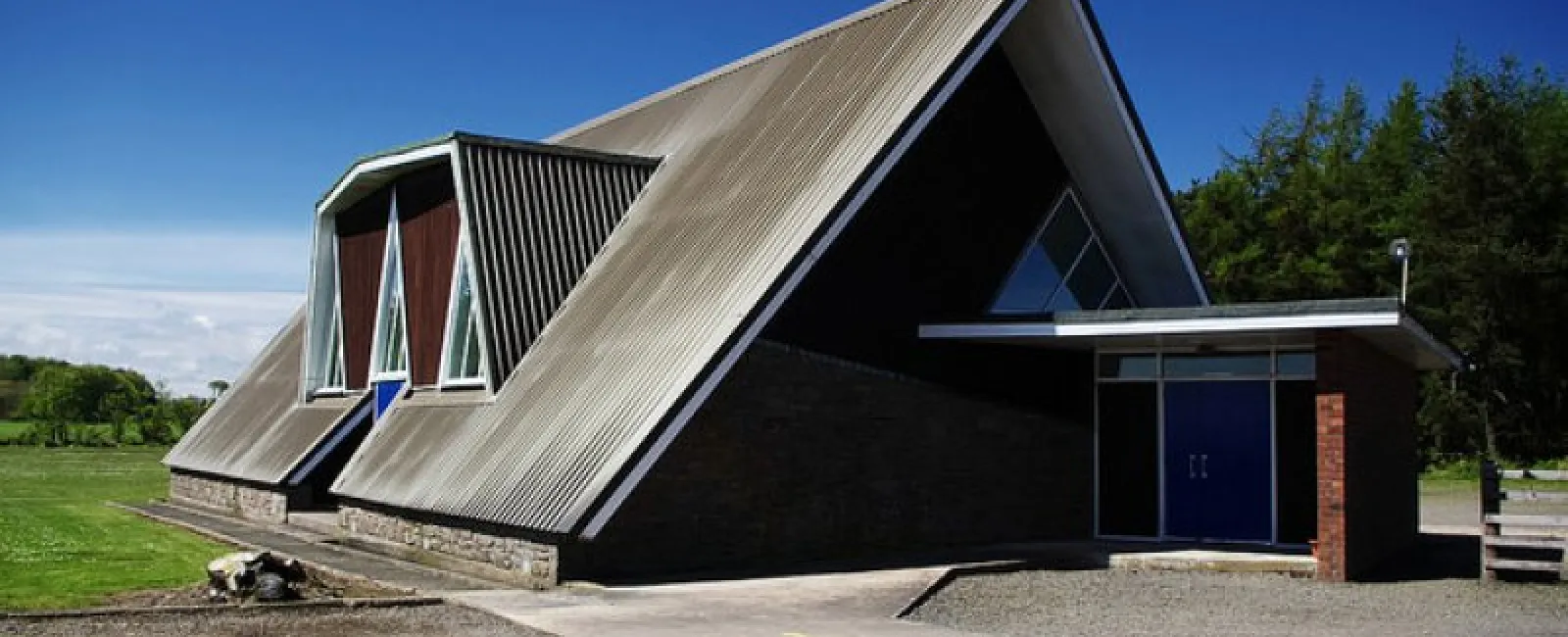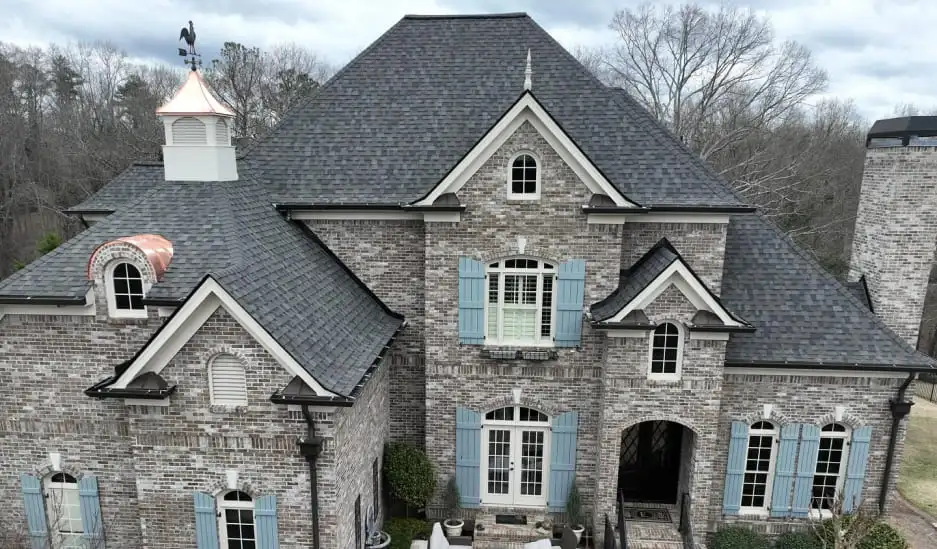The steepness of your roof – known as the roof pitch or slope – is an important decision to make for your home. Knowing the difference between a steep pitch, a low pitch or somewhere in between is something you want to be comfortably informed about when considering roofing changes.
Steep pitch vs. low pitch styles
To start, lets discuss how pitch is measured. In the United States you typically see pitch described as 8/12, 6/12, 4/12, etc. The first number represents the vertical rise in inches and the second refers to horizontal progression in inches. As an example, 8/12 means that for every foot, the rooftop rises 8 inches. Slopes around 6/12 are the most common, while anything below 4/12 is typically considered a low pitch.
A steep pitch has several advantages. Many residential rooftops are designed for steeper pitches because they look elegant and pleasing to the eye. They leave plenty of room for second stories, gables and attic spaces, and they allow you to experiment with interesting siding, trim or eave styles.
However, the higher the pitch, the more square feet the roof takes up and the more materials your roof needs (higher pitches may also require more skilled labor to build or repair). Not only will you need more shingles, but you’ll also need extra flashing for ridges and valleys, as well as extra work if you want any gables or complex eaves.
Picking a low pitch or slope for your roof will give your rooftop a flatter, more box-like look. This can be very effective for certain ranch styles, porch rooftops, or modern geometric rooftops. Plus, since the low pitch requires fewer materials and less work than the steep pitch, it comes at a lower cost.
However, you have to take the good with the bad. Many houses are naturally designed for steeper pitches because they tend to look more pleasing to homeowners and leave room for additional features. Flat slopes are not ideal for some residential houses depending on the architectural style. A flatter slope also makes it more difficult to add gables or add extra attic space, which can cut down in internal light and roominess.
Materials and weight
Roof pitch may restrict what roof materials can be used because of weight considerations. Single ply or torch down roof structures are made specifically for flatter rooftops and cannot be used when building a steeper roof. Meanwhile, tile and shingles do better on steep pitches while low pitches may need metal or concrete roofing instead, limiting your design options.
Remember the weather
Thanks to gravity, rain and snow will fall off a steep pitched roof more easily than a low-pitched roof. This gets rid of moisture quicker and avoids weight issues with piled-up snow and ice, especially in areas with a lot of precipitation. Be sure to keep the climate in mind when picking out the perfect roof pitch for your home.
Photo Source: Flickr



